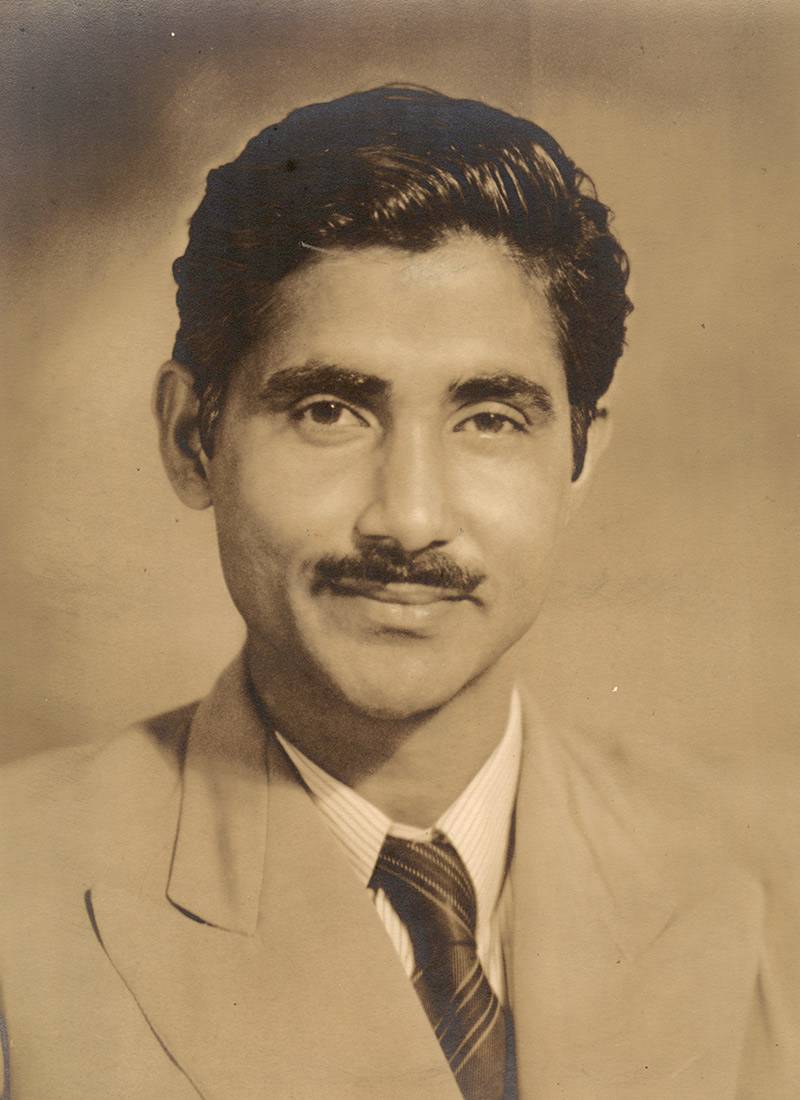1922 – 1947
The Beginning, Lahore
Sehgal was born in pre-partitioned India. On the banks of the river Indus, a large cantonment, Campbellpur, was built by the British in Attock district of present day Pakistan. His birth in 1922 made him the fourth child amongst what would be seven siblings. He was the creative one. He was thrilled with the prospect of playing with clay and spending time with his own imagination in the outdoors.
One could say he had a childhood with few friendships, and growing up in a large family gave him the company he needed.
It was only after graduating from Government College, Lahore, that he began considering art as a profession.

Sanyal’s studio completely shifted Sehgal’s focus to the world of art and he dove headlong into the creative processes of drawing and painting.
The studio served as a common ground for creative people to share their radical and outlandish views, as perceived by others during the time, but it was here that Sehgal found a sense of comfort and belonging, not just to the space but to the creative journey as well.
This is also where he met a young Dhanraj Bhagat, celebrated Indian sculptor, and P.N. Mago, a renowned writer and artist who went on to become a dear friend of the artist.
The political situation in 1945 was unstable. Riots had broken out in parts of the country and as war was on the brink, and a pan-restlessness had started to set in.
The seeds of the Partition had been sown, and the country was burning. As history narrates, homes were destroyed, families torn apart and lives destroyed.



